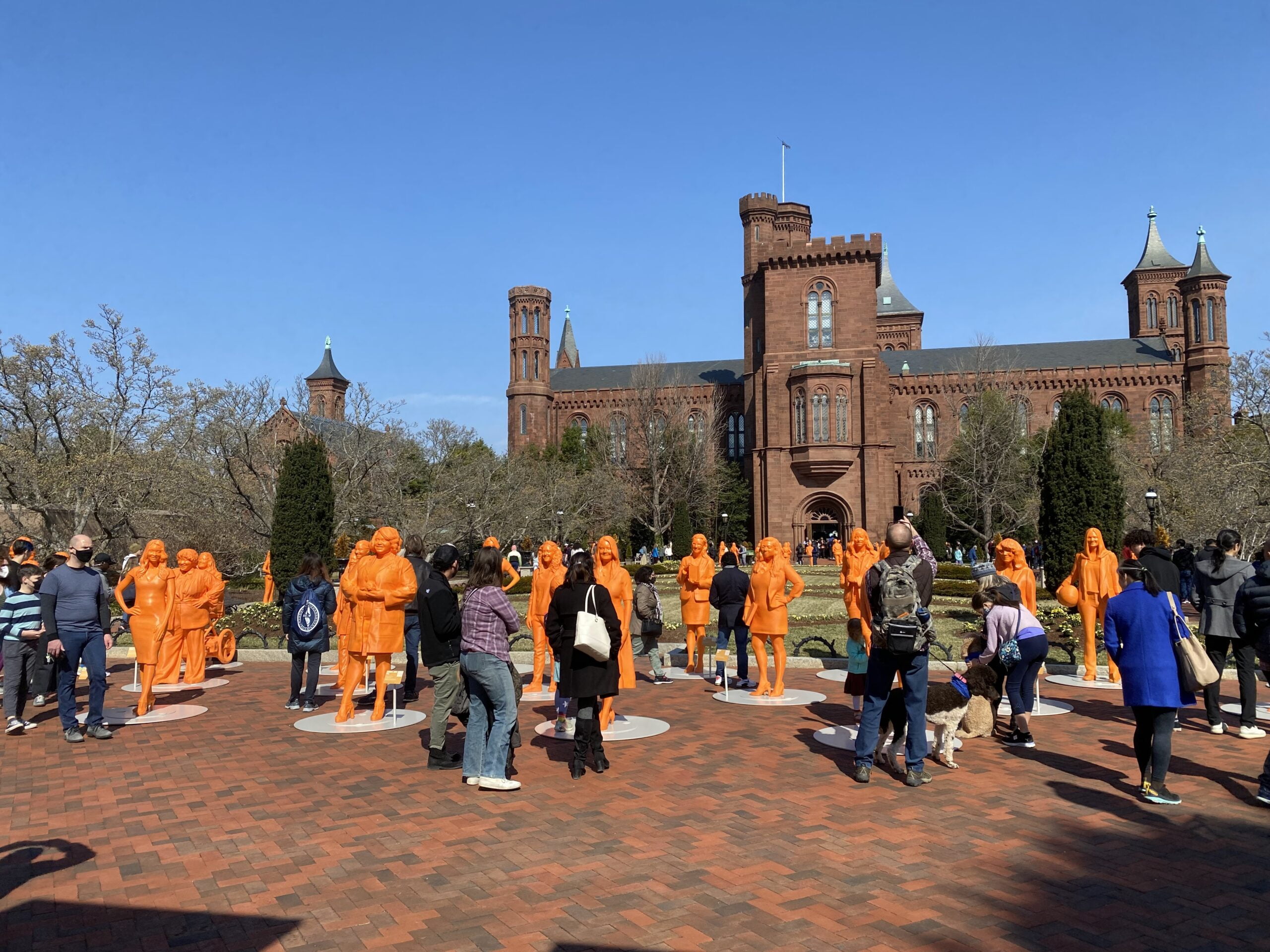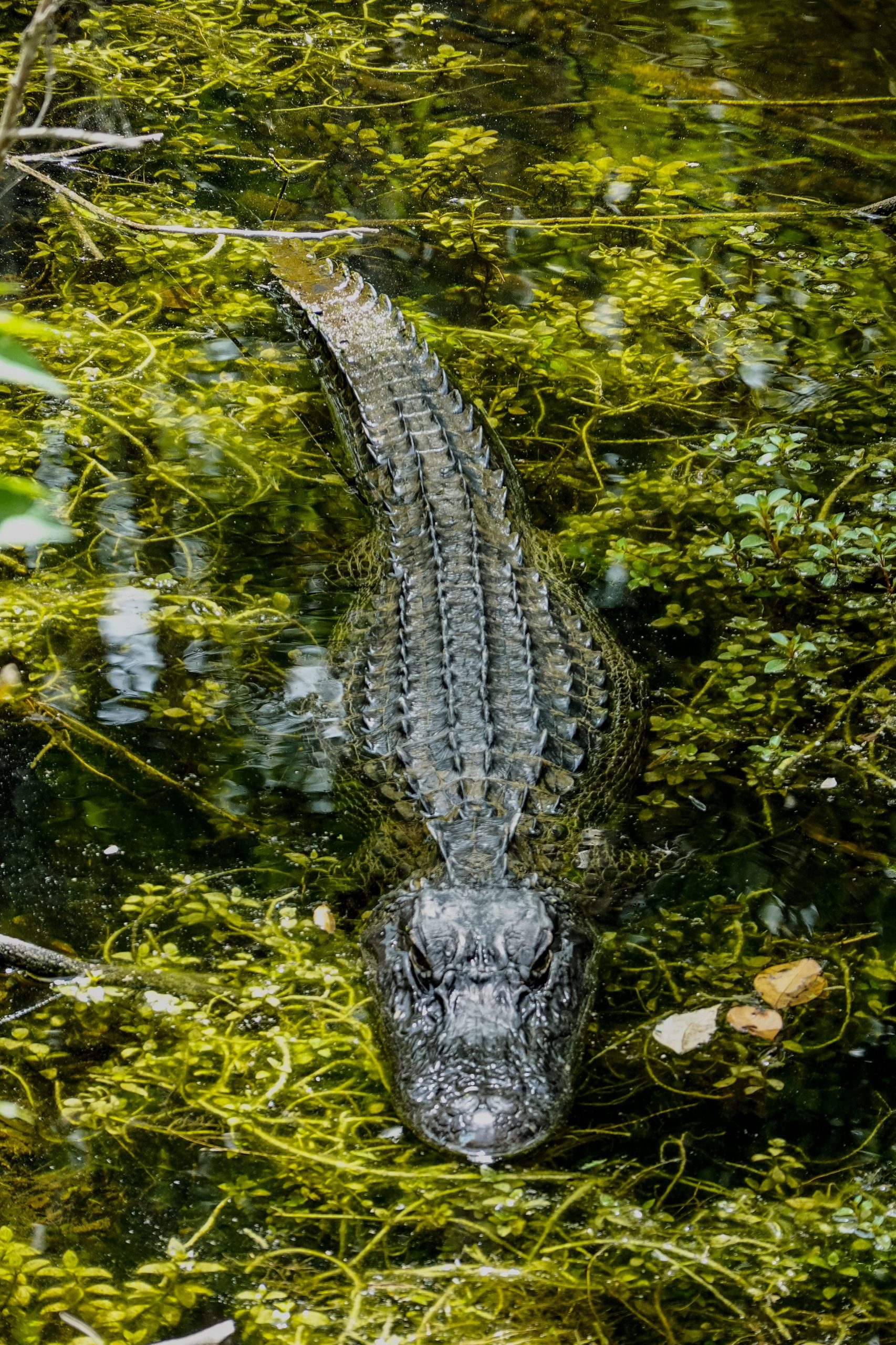I’m not normally one to talk about myself here on FYFD. This site was made to keep the focus on the science, but I’m making an exception today to share a very special exhibit that I’m a part of: the #IfThenSheCan Exhibit, which opens today at the Smithsonian in Washington, DC as part of their #WomensFuturesFestival.
The exhibit features over 120 statues of real women in STEM careers — everything from robotics to marine biology, artificial intelligence to aerospace engineering. It is an absolutely amazing bunch of women, and I am so honored to be a part of it.

If you’re in the DC area before March 27th, be sure to swing by the National Mall and see the statues. (If not, you can take a virtual tour, too!) Currently, they are all located at the Arts + Industries Building, the Smithsonian Castle and the adjacent Enid A. Haupt Garden, but after March 7th, some of the statues will move to other museums around the Mall. Mine is heading to the National Air and Space Museum!
When I was twelve years old, I visited DC for the first time, and everything about that trip made a huge impression on me. I was in awe of the history, the memorials, the public transit, and, most of all, the National Air and Space Museum. My parents complained that every time we walked the Mall, I made a beeline — as if drawn by a magnetic field — right up the steps of that building. To be a part of that museum now, some twenty years later, is something I never could have imagined.
I’m so proud to be part of this initiative full of amazing women inspiring the next generation of STEM innovators! Special thanks to AAAS and Lyda Hill Philanthropies for making it all possible. (Image credits given in each description/caption.)





